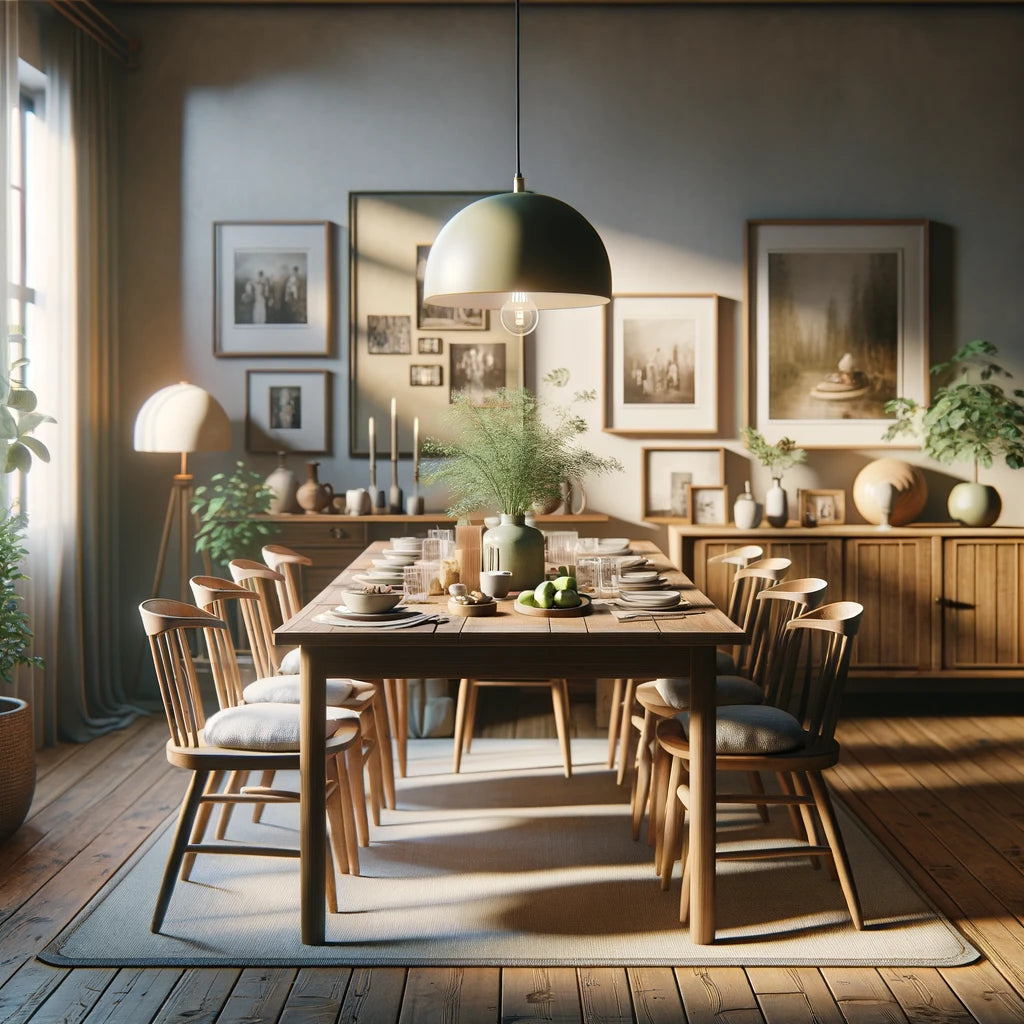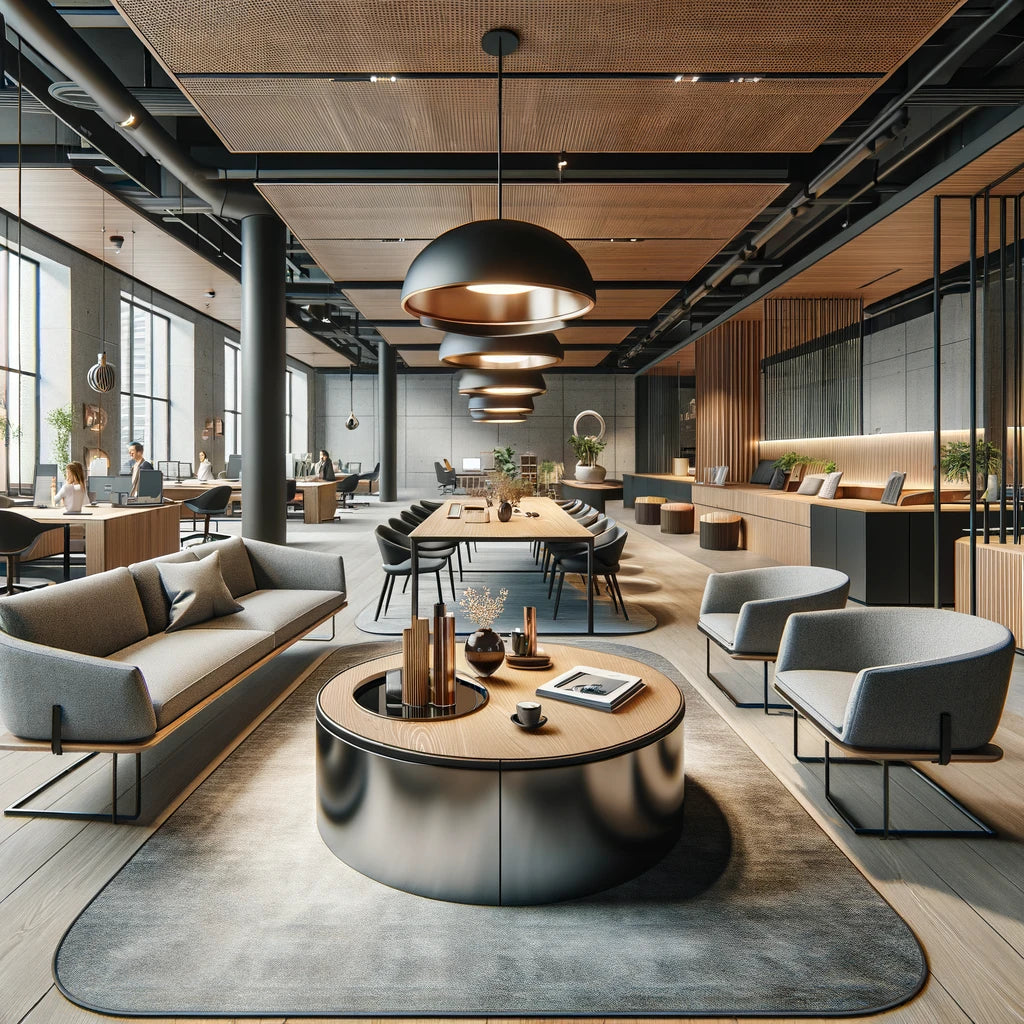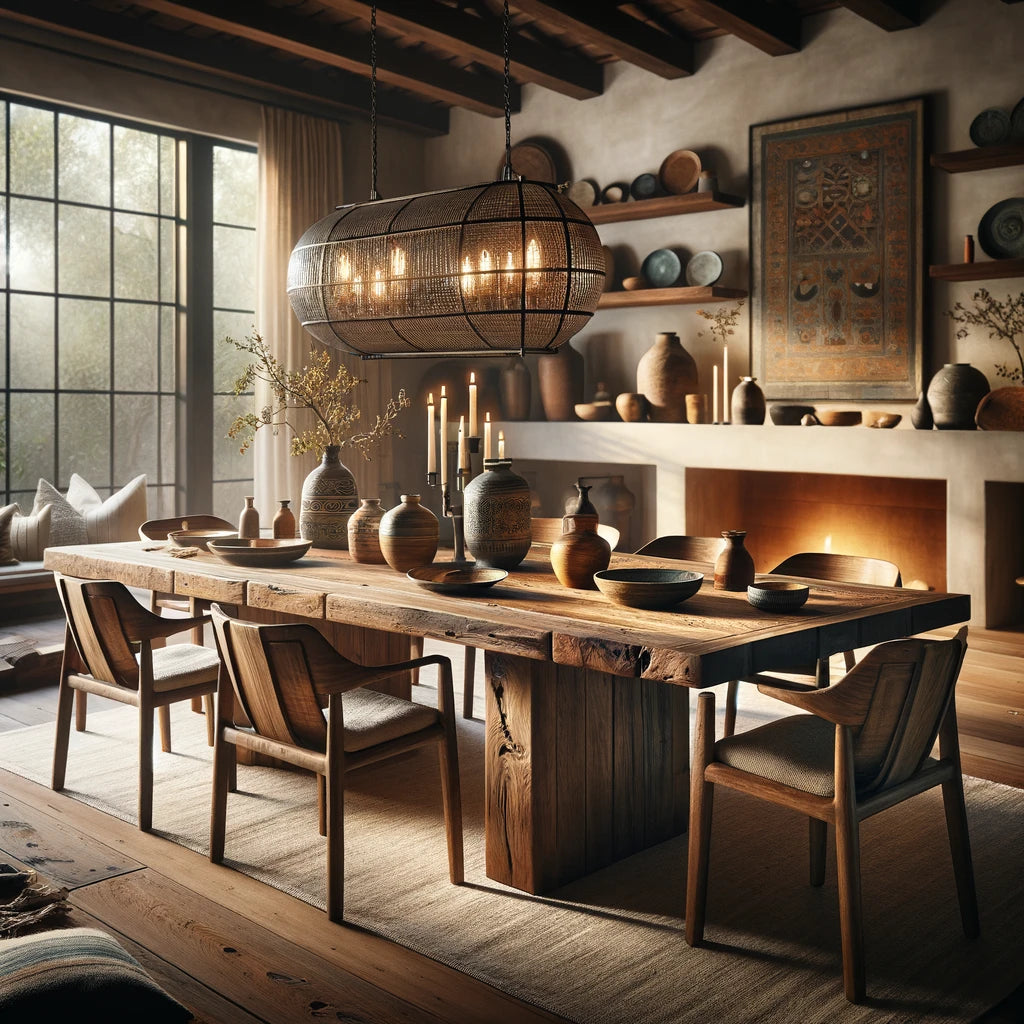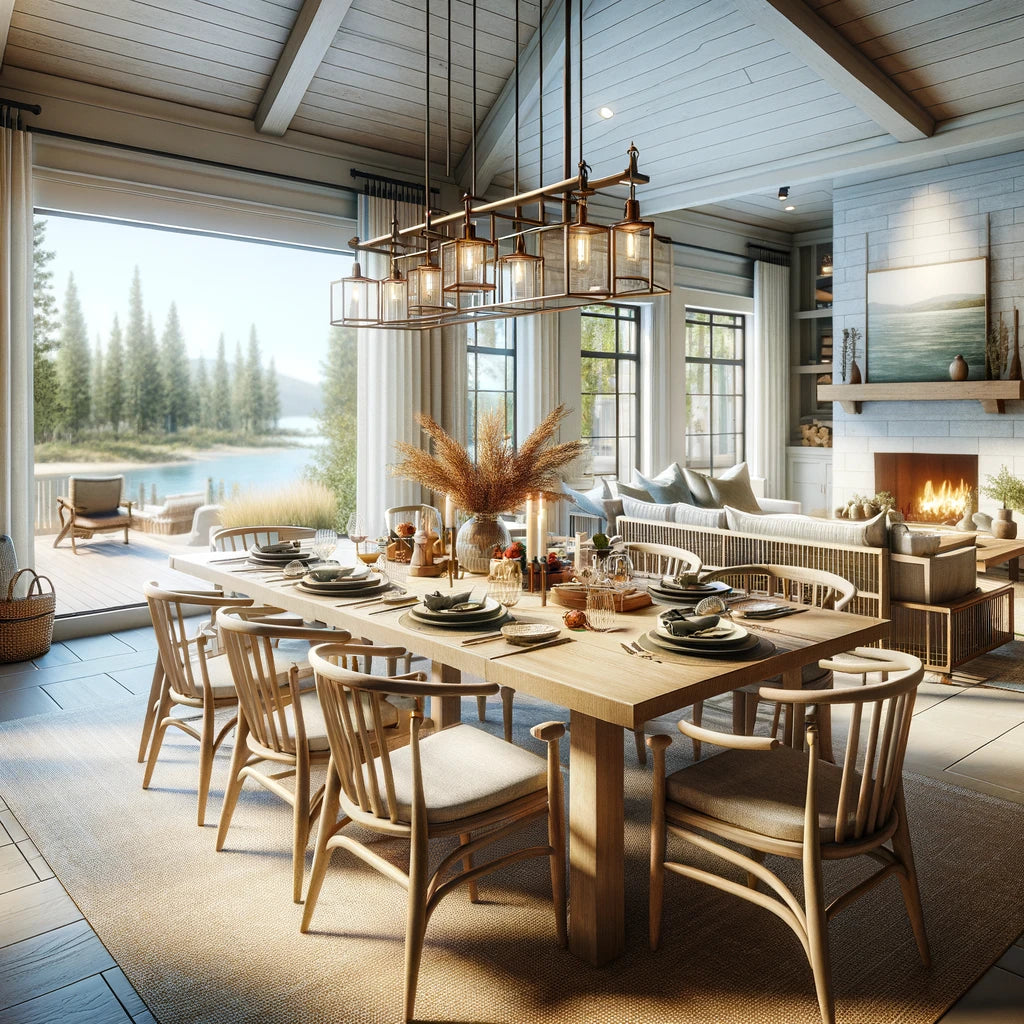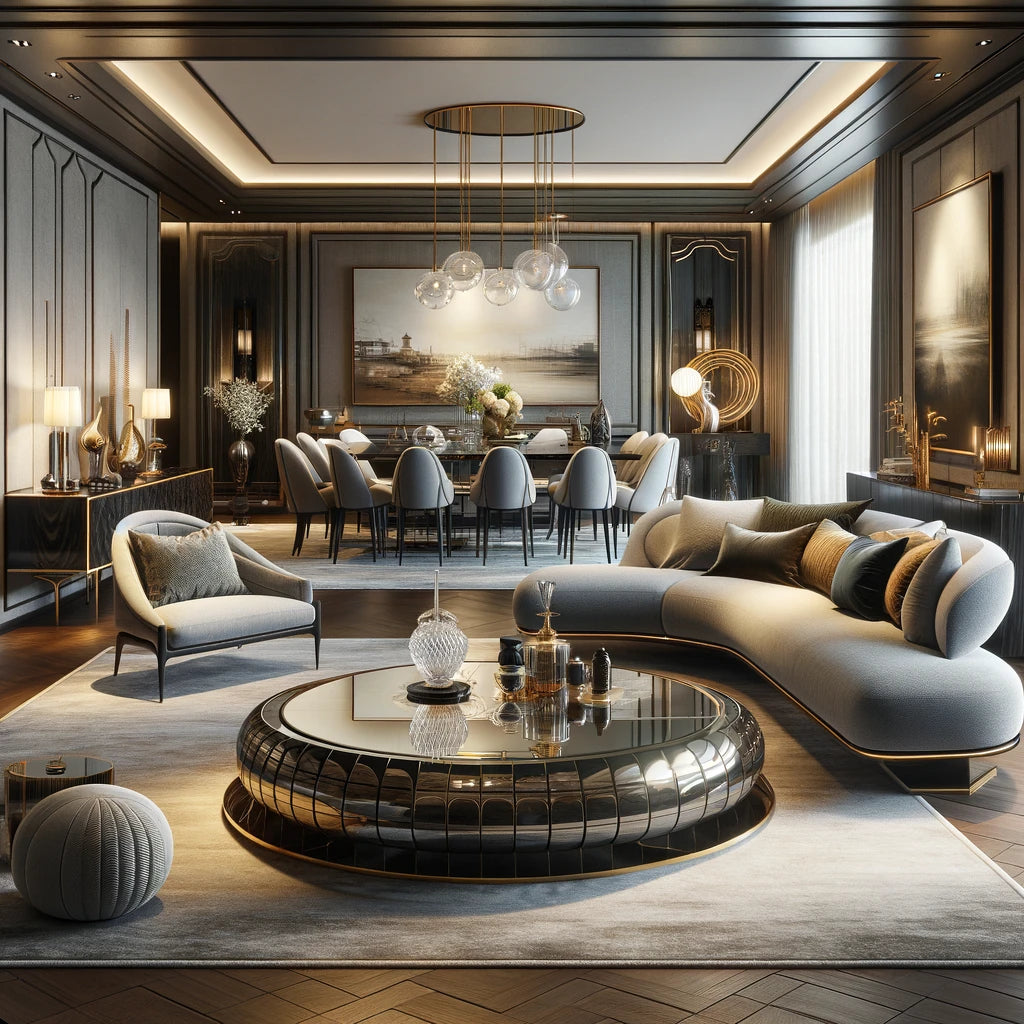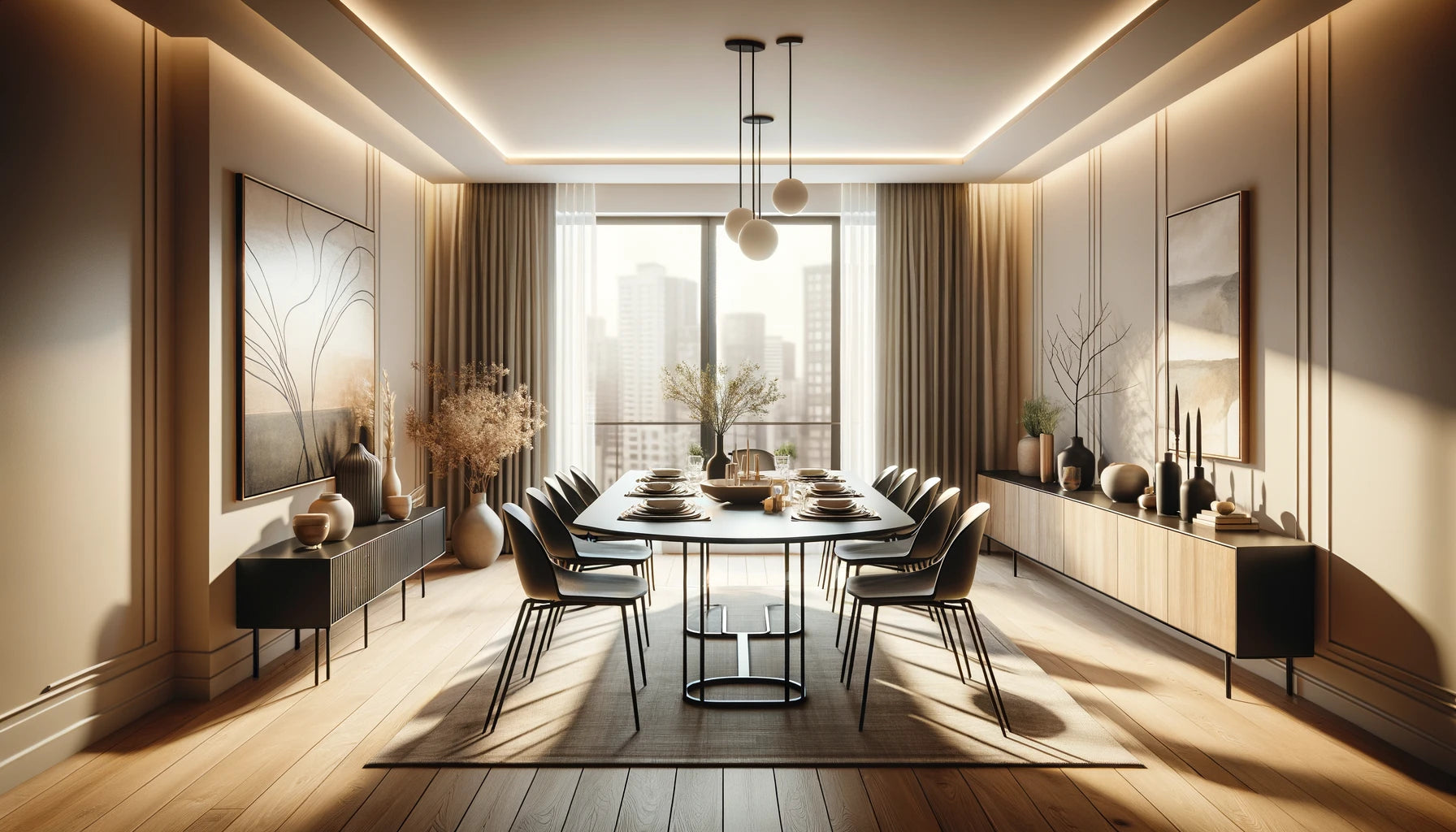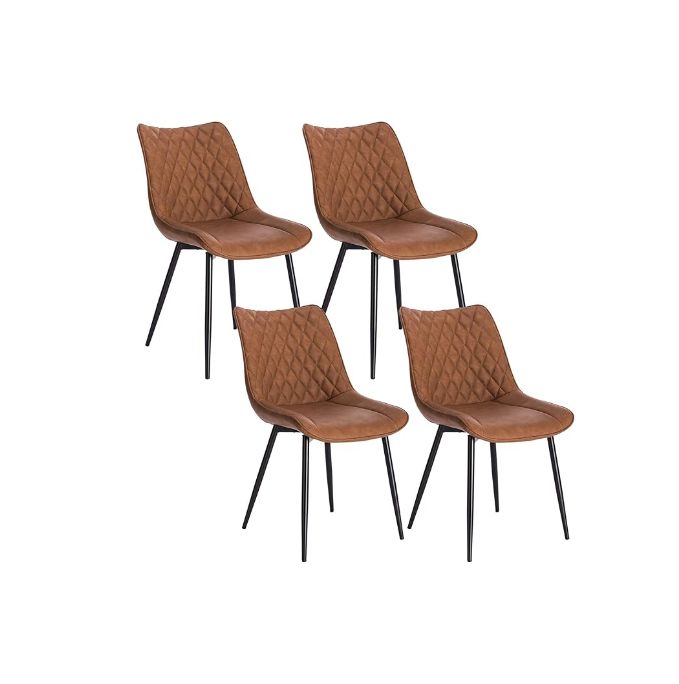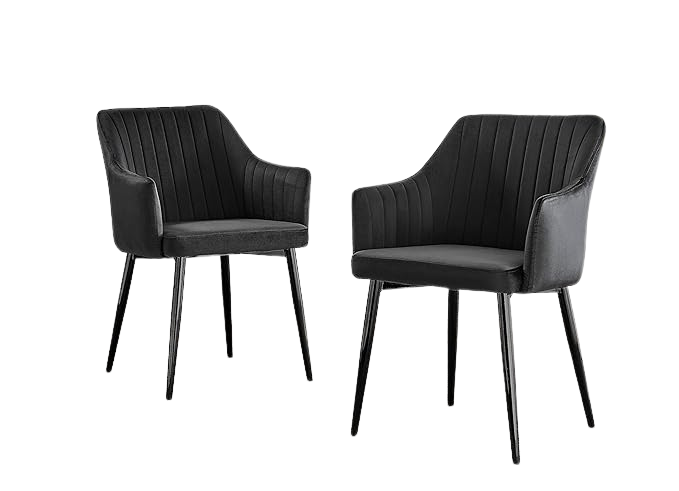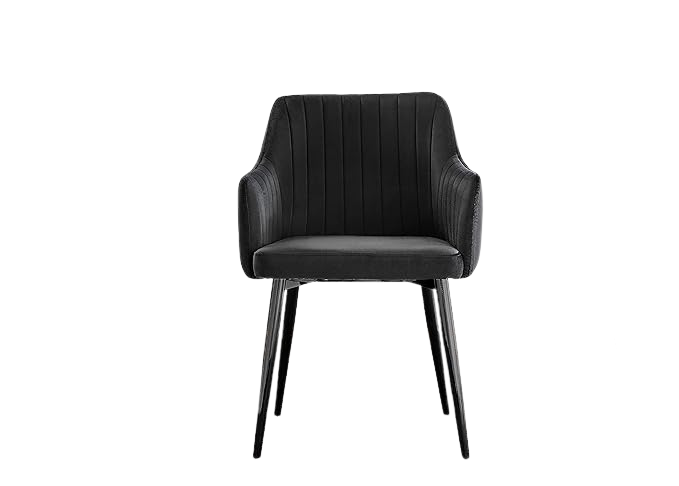The Art Deco movement, born in the early 20th century between the two World Wars, has never lost its allure. It stands as a testament to the enduring appeal of an era that celebrated luxury, elegance, and a bold departure from tradition. Art Deco's unique design aesthetic, characterised by geometry, symmetry, and a harmonious fusion of craftsmanship with modernity, continues to captivate contemporary designers and homeowners.
In this blog, we'll explore how the essence of Art Deco, with its opulent materials, bold geometric patterns, glamorous lighting, and statement art pieces, can be seamlessly integrated into modern homes.
The Essence of Art Deco

The Essence of Art Deco can be traced back to the early 20th century, primarily flourishing during the period between the two World Wars. Emerging in a time of rapid industrialisation and societal change, Art Deco became a symbol of opulence and sophistication. Its distinctive design aesthetic was a response to the dynamic era it was born into, showcasing a fascination with geometry, symmetry, and a harmonious fusion of traditional craftsmanship with the imagery and materials of the machine age.
One of the defining features of Art Deco is its emphasis on streamlined, angular forms. The clean lines and geometric shapes used in architecture, interior design, and decorative arts convey a sense of modernity and progress. This design movement celebrated the machine and the possibilities it offered for creating sleek, efficient, and aesthetically pleasing objects and structures. The use of metallic finishes, such as chrome and stainless steel, added a futuristic touch, while luxurious materials like lacquer, mirrored glass, and exotic woods contributed to the overall sense of extravagance and elegance.
Art Deco's influence extended to various aspects of culture, including fashion, graphic design, and even film. The bold and striking visual elements of the style found their way into clothing, posters, and movie sets, contributing to the overall visual identity of the era. It was a time when glamour and elegance were paramount, and Art Deco encapsulated these ideals in its designs.
Incorporating Art Deco in Modern Homes
1. Bold Geometric Patterns

Bold Geometric Patterns are a fundamental aspect of the Art Deco design style, and they play a pivotal role in creating visually striking and captivating interiors. When incorporating Art Deco's signature geometric patterns into your décor, you have the opportunity to infuse your space with a sense of timeless sophistication and elegance.
These patterns often find their expression in various design elements, such as wallpapers, rugs, and tile work. Zigzags, chevrons, and sunburst motifs are some of the quintessential geometric patterns associated with Art Deco. These designs are characterised by their bold and dynamic nature, making them ideal for creating a statement within your interior. Whether you opt for wallpaper with zigzag patterns that adorn your walls or a chevron-patterned rug that adds visual interest to your floor, these geometric elements can breathe life into any room.
The choice of materials and colour schemes is crucial when implementing bold geometric patterns in an Art Deco-inspired design. Often, rich and contrasting colour combinations, such as black and gold or deep blues and silver, are used to enhance the drama and opulence of the patterns. These patterns not only add visual depth to your space but also serve as a homage to the Art Deco era's fascination with geometry and symmetry.
2. Glamorous Lighting

Glamorous Lighting is an integral component of the Art Deco design movement, celebrated for its fusion of form and function. During the Art Deco period, lighting fixtures were not merely utilitarian; they were considered works of art in their own right. To infuse your space with the opulence and sophistication that characterises Art Deco, consider incorporating lighting fixtures that embody the essence of this iconic era.
Chandeliers and lamps are two key categories of lighting that encapsulate the Art Deco aesthetic. These fixtures are characterised by their sleek lines, which create a sense of streamlined elegance. The use of materials like chrome finishes and glass detailing is a hallmark of Art Deco lighting, imparting a polished and luxurious look.
Chandeliers, in particular, are a quintessential Art Deco choice for elevating any space. They often feature geometric designs, such as tiered or stepped forms, which showcase the movement's fascination with symmetry and geometry. These fixtures not only provide functional illumination but also serve as statement pieces that draw the eye and become focal points in a room.
The allure of Art Deco lighting lies in its ability to instantly transform a space. When you incorporate chandeliers or lamps with Art Deco-inspired designs, you infuse your interior with a sense of timeless glamour. The interplay of light and shadow created by these fixtures enhances the overall atmosphere, adding an air of sophistication and grandeur.
3. Luxurious Materials

Luxurious Materials are a cornerstone of the Art Deco design style, playing a pivotal role in creating an atmosphere of opulence and timeless elegance. To truly capture the quintessential essence of Art Deco in your interior design, it's essential to select materials that exude sophistication and comfort.
One of the key elements in incorporating luxurious materials into an Art Deco-inspired space is the use of textiles. Velvet and silk, with their rich textures and sumptuous feel, are popular choices. These fabrics can be incorporated into upholstery, drapery, or throw pillows, instantly infusing your décor with a sense of luxury. The tactile quality of these materials not only adds visual richness but also enhances the overall comfort of your living spaces.
Leather is another opulent material frequently associated with Art Deco. It can be used for furniture upholstery or as accents on various décor pieces. Leather provides a sense of timelessness and refinement, elevating the overall aesthetic of the room.
To complement these sumptuous textiles, metallic accents in materials like brass, gold, or chrome are essential. These metals add a layer of glamour and shine to the décor. Brass and gold, in particular, exude warmth and sophistication, while chrome offers a sleek and polished appearance. These metallic accents can be incorporated into furniture hardware, lighting fixtures, or decorative accessories, creating a harmonious interplay between different luxurious materials.
4. Mirrored Furnishings

Mirrored Furnishings serve as an iconic hallmark of the Art Deco era, and their inclusion in your interior design can instantly transport your space to the glamour and sophistication of that period. Mirrors and mirrored furniture pieces played a significant role in defining the unique aesthetic of Art Deco.
Incorporating mirrored furnishings into your décor allows you to achieve multiple design objectives. Firstly, mirrors themselves create a sense of depth and space. They reflect light and surroundings, making rooms appear larger and brighter, which is particularly useful in smaller or dimly lit spaces. This optical illusion contributes to the overall sense of luxury and grandeur associated with Art Deco.
Mirrored furniture pieces, such as console tables or cabinets, take this concept a step further by not only serving a functional purpose but also adding a touch of glamour to the room. These pieces often feature mirrored surfaces paired with sleek, geometric lines, which are characteristic of the Art Deco style. The reflective quality of the mirrored surfaces not only adds visual interest but also enhances the sense of opulence within the space.
Decorative mirrors, too, are quintessential Art Deco elements that can be strategically placed to create focal points or amplify the style's design principles. Whether in the form of a sunburst mirror or a decorative wall-mounted mirror, these pieces bring a touch of drama and elegance to any room.
5. Statement Art Pieces

Statement Art Pieces play a central role in embracing the bold and expressive spirit of the Art Deco movement. Art Deco was a design era known for its unabashed approach to making a visual impact, and incorporating statement art pieces is a powerful way to capture the essence of this dynamic period.
One of the key characteristics of Art Deco art is its ability to captivate through boldness and distinctiveness. Abstract geometric forms, characterised by sharp angles and clean lines, are a recurring theme. These forms reflect the era's fascination with geometry and symmetry, and they can be incorporated into your space through paintings, sculptures, or even decorative objects.
Another avenue to explore within Art Deco art is stylised natural motifs. The era often drew inspiration from nature but presented it in a highly stylised and decorative manner. Think of motifs like sunbursts, palm leaves, or exotic animals, which were frequently featured in Art Deco art and design. Incorporating such motifs in your statement art pieces allows you to evoke the glamour and exoticism of the era.
The scale of the art pieces is also noteworthy in Art Deco design. Large, eye-catching artworks or sculptures were commonly used to create focal points within interiors. These statement pieces not only serve as visual centrepieces but also contribute to the overall atmosphere of sophistication and grandeur.
6. Colour Palette
The Colour Palette is a fundamental element in capturing the essence of the Art Deco style, offering a wide spectrum of possibilities that can range from muted sophistication to bold extravagance. Art Deco's diverse use of colour is a key aspect of its design, and the selection of colours can profoundly influence the atmosphere and aesthetics of a space.

Art Deco's colour palette encompasses a rich array of choices, allowing you to tailor your décor to suit your desired ambiance. On one end of the spectrum, you'll find muted and sophisticated tones that exude an air of timeless elegance. Colours such as deep navy blue, muted greens, and warm neutrals can be used to create a refined and understated atmosphere. These hues serve as a backdrop for other opulent elements in the design, allowing them to shine while maintaining a sense of balance and harmony.
For those seeking a more bold and lavish expression of Art Deco, vibrant and striking colours come into play. Deep reds, lush emeralds, and royal purples add a sense of drama and opulence to the décor. These bold colours can be used in upholstery, wall coverings, or decorative accents, infusing the space with a sense of grandeur.
Gold and silver accents are quintessential to the Art Deco colour palette, as they provide a touch of luxury and sophistication. Whether in the form of metallic furnishings, lighting fixtures, or accessories, these metallic tones complement the chosen colour scheme, elevating the overall aesthetic and adding a sense of glamour.
Blending Past and Present

Blending Past and Present is an artful approach to interior design, especially when incorporating Art Deco elements into modern homes. The key to success in achieving this fusion lies in striking a harmonious balance between the old and the new, creating a décor that feels both timeless and on-trend.
One effective way to blend past and present is by pairing vintage Art Deco pieces with contemporary furnishings. This juxtaposition creates a captivating visual contrast that highlights the unique qualities of each style. For instance, consider placing a vintage Art Deco coffee table in the midst of a modern living room filled with sleek, minimalist furniture. This integration allows the Art Deco piece to stand out as a statement of history and style while contributing to the overall contemporary aesthetic.
Another approach is to use Art Deco-inspired elements as accents within a modern space. For example, you can adorn your walls with Art Deco-style wallpaper or introduce Art Deco motifs in decorative accessories like vases or mirrors. This selective integration allows you to capture the essence of Art Deco without overwhelming the contemporary design scheme.
In the realm of kitchens and dining areas, you can achieve a harmonious blend by incorporating Art Deco elements such as bar stools with the characteristic geometric patterns and metallic finishes into a modern, minimalist kitchen design. This pairing creates a captivating fusion of old-world charm and contemporary functionality.
A Timeless Trend
Art Deco's resurgence in modern interior design is a testament to its enduring appeal and status as a timeless trend. This style, which emerged during an era that celebrated luxury, elegance, and a bold departure from tradition, continues to captivate contemporary designers and homeowners alike. Integrating Art Deco elements into modern homes allows us to pay homage to this past era while keeping our living spaces firmly rooted in the present.
The enduring allure of Art Deco lies in its ability to transcend time and evoke a sense of opulence and sophistication. Its clean lines, geometric patterns, and opulent materials have a universal appeal that effortlessly blends with modern aesthetics. By incorporating Art Deco elements into our interiors, we infuse our spaces with a touch of timeless glamour, adding depth and character to our décor.
Furthermore, the resurgence of Art Deco serves as a reminder of the cyclical nature of design trends. What was once cutting-edge and avant-garde becomes a source of inspiration for future generations. This interplay between the past and the present is a testament to the rich tapestry of design history, where styles from different eras continuously influence and reinvent one another.
Conclusion
The resurgence of Art Deco in modern interior design is more than just a fashionable revival; it's a tribute to the enduring allure of an era that dared to be different. Its clean lines, vibrant colours, and opulent materials provide a canvas where the past and present beautifully coexist.
By incorporating Art Deco elements into contemporary living spaces, we pay homage to a bygone era while firmly anchoring ourselves in the present. This blending of the past and present serves as a reminder of the cyclical nature of design trends, where styles from different epochs continue to inspire and rejuvenate each other. As Art Deco experiences a renaissance, it underscores the timelessness of its glamour and the eternal fascination with its opulent aesthetics.



